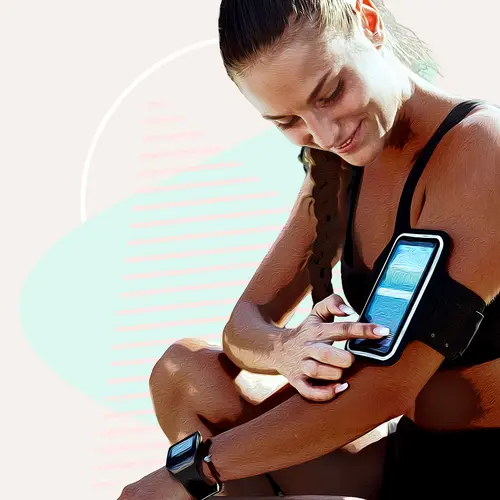Hearing aids can make a world of difference when you can no longer hear well on your own. But it takes time to get used to wearing one. If you’re thinking about trying one or you’re wearing a device for the first time, a few things can make your transition easier.
Learn the Basics
The specialist who fitted you for a hearing aid will teach you how to use it, including how to put it in, take it out, clean it, and change its batteries. Your hearing specialist also should have told you how many hours a day to wear it as you’re getting adjusted. Do your best to follow these instructions. If you’re having problems or aren’t sure what to do, go back to the specialist for help.
Know What’s Normal and What’s Not
Some of the things that may make you want to take your hearing aid out or stop using it are actually normal, especially in the first days and weeks as you adjust to it. You might notice that:
- Your hearing aid feels uncomfortable. You may not like the way it sits in your ear. (It shouldn’t be painful, though. If it is, tell your audiologist right away.) The specialist may recommend you only wear the device for part of the day at first as you get used to it.
- Your own voice sounds too loud. This is called the occlusion effect. Many people with hearing aids get used to it over time. But if it’s bothering you, talk to your audiologist. They may be able to make changes to make it less irritating.
- You hear background noise. A hearing aid can pick up noises you don’t want to hear, along with the ones you’re trying to tune into. While this is usually normal, you should talk to your audiologist if the sound hurts your ears or feels especially irritating.
- You hear a whistling sound, aka “feedback.” This usually happens when a hearing aid doesn’t fit right, or because your ear is clogged with earwax or fluid. If you notice feedback, talk to your audiologist ASAP.
- There’s a buzzing noise when you use your cell phone. Some digital cell phones can interfere with radio frequency, which causes a buzzing from your device. It’s becoming less common as hearing aids and phone technologies improve. Even so, the best way to avoid this problem is to take your cell phone with you when you’re being fitted for a hearing aid. That way, you can make sure the two don’t interfere with each other.
Be Proactive About Conversations
The world around you will sound different when you have your hearing aid in. So at first, you may find it hard to join in conversations or talk to others. You don’t have to pretend that everything is normal. Explain to the person you’re speaking with that you’re adjusting to your new device, and ask them to be patient and work with you as you get used to it. It’s helpful to have the other person face you and speak clearly. You should also try to have conversations where there isn't a lot of background noise.
Schedule a Follow-Up Visit With Your Audiologist
Your first meeting to learn how to use your hearing aid shouldn’t be your last. You’ll want to see your audiologist again for a follow-up visit to discuss how you’re adjusting. If you’re not sure when to come in again, ask them.
Your audiologist may recommend aural rehabilitation sessions or classes. They cover a range of hearing issues, including how to adjust to hearing loss, how best to use your hearing aids and other helpful devices, and how to communicate better with people who don’t have hearing loss.
Give It Time
After you start using your hearing aid, it can be strange and even upsetting to be able to hear sounds you couldn’t before. Some noises may seem especially loud, or their patterns may sound different to you. This might feel uncomfortable at first, but do your best not to get discouraged or stop using your hearing aid. It may take several months, but with patience and time, you’ll adjust and get used to hearing more than you could before.

